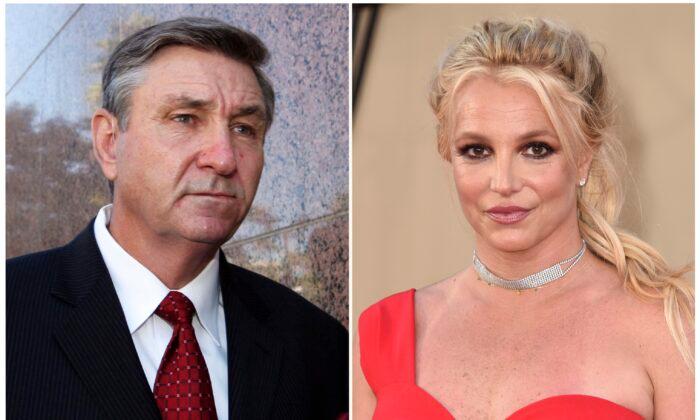An important legal settlement was reached recently that pretty much flew under the radar. This settlement—a $250 million defamation case against The Washington Post—could go a long way toward curbing irresponsible journalism. It’s a sign that at least some Americans are going to fight back against fake news.
The lawsuit was brought by the family of teenager Nick Sandmann who was wrongly painted as a racist who had taunted a Native American elder named Nathan Phillips.
Remember the photograph of a fresh-faced Catholic high school kid from Kentucky reportedly “confronting” an older man who was chanting and beating a drum at a demonstration in Washington, D.C.? Initial stories accompanying that photo were completely wrong.
Here’s what really happened. After attending an anti-abortion rally near the Lincoln Memorial in January 2018, Nick and his fellow classmates, many wearing “Make America Great Again” souvenir hats, were waiting for their bus.
The area was teaming with other activist groups, including Phillips’ Indigenous Peoples March and the radical Black Hebrew Israelites. (The latter is designated as a hate group by the Southern Poverty Law Center.)
A video nearly two hours long that surfaced later revealed the Black Hebrew Israelites had been taunting the Kentucky kids and hurling disgusting racial and homophobic slurs at the teens for more than an hour. Suddenly, Native American activist Phillips appears banging a drum and chanting. He approaches a bewildered-looking Nick, and as they stare into each other’s eyes, news cameras capture the momentary collision of two cultures.
A reporter for The Washington Post got no comments from Nick about the incident but quoted Phillips saying Nick was the aggressor, the student’s smile described as a derisive smirk. Phillips called the group of students “beasts” and said they acted like “a lynch mob.”
“I seen the angry faces,” Phillips said. “Everybody knows the right to life and (pro-choice), it’s been like this and they’re hateful to each other,” he said.
The unbalanced article, and a simultaneous CNN report, went viral around the world. Newsflash: A disrespectful Trump-inspired kid had all but spit in the face of an elderly man!
TV and print pundits, celebrities, the bishop of a Kentucky diocese, and several politicians, including Native American Rep. Deb Haaland (D-N.M.) condemned Nick for having displayed “blatant hate, disrespect, and intolerance” for a “Native American Vietnam War veteran.” The kids were at fault, Haaland said. “You could tell that by the hats they were wearing.”
Turns out Phillips is not a Vietnam Veteran as he has repeatedly claimed. He’s been called a professional “provocateur” and the full video proved Phillips’ statements about the students chanting, “Build that wall!” were incorrect.
The bottom line: Nick Sandmann’s life was turned upside down by biased assumptions that his hat or the rally he’d just attended made him “the face of evil,” as his attorney later put it. After shoddy journalism was picked up by other lazy reporters who never bothered to get both sides of the story, this 16-year-old became a despised villain.
Now, 18 months after that fateful day, The Washington Post has admitted no wrongdoing but has agreed to a secret out-of-court settlement with Nick. CNN reached a similar agreement in January on its $275 million libel suit. That doesn’t mean the Sandmanns got nearly that much money, but these settlements are a clear signal to news executives everywhere that at least some fake news will not go unchecked and that mere apologies or corrections don’t cut it.
It will be interesting to see what happens with the still-pending suits Nick’s family filed against those who repeated the original one-sided story, including Gannett, ABC, CBS, The New York Times, and Rolling Stone magazine.
The media enjoy many legal protections against their mistakes, and that is why so few people who feel wronged by biased or fake news decide to sue. In Sandmann’s case, they found a willing advocate in bulldog attorney Lin Wood, who doesn’t shy away from tough cases.
As a practicing journalist, for decades, I never thought I’d be advocating lawsuits against colleagues. But it seems clear that the only way to derail this trend of sloppy reporting is to hit news organizations where it hurts most—in the wallet.





